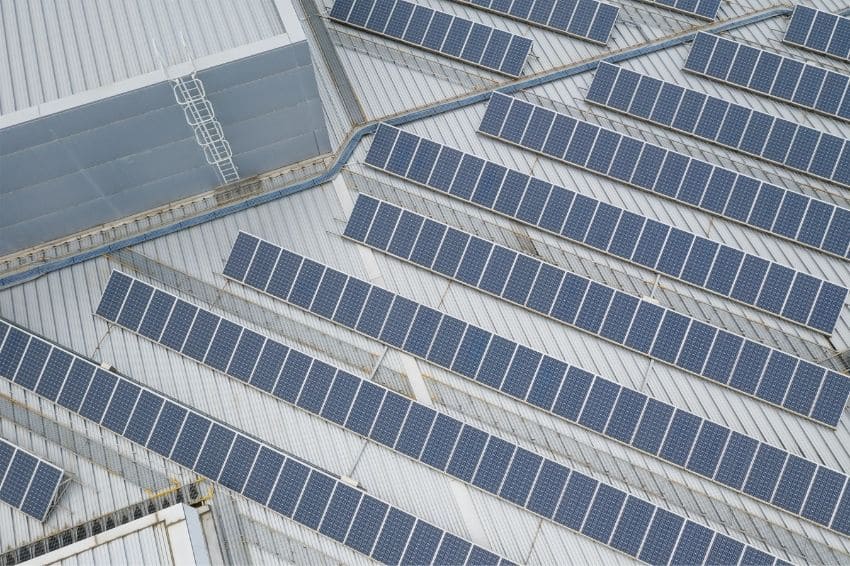According to the PNE (National Energy Plan) 2050, developed by the MME (Ministry of Mines and Energy), in partnership with EPE (Energy Research Company), photovoltaic DG (distributed generation) should reach between 28 GW and 50 GW of installed power in 30 years, which would represent a value between 4% and 6% of the total load.
To achieve this prediction, the report considered the review of the compensation mechanism for MMGD (Microgeneration and Distributed Minigeneration) at the beginning of the 2020s, with the application of a binomial tariff for new micro and minigenerators, as well as economic determinants, such as income growth families and the prospect of falling technology costs.
“The challenge for the coming years is to create conditions that encourage the dissemination of DG in places that bring greater value to the system, and that at the same time do not burden other consumers and that do not harm the distributor's activities (fundamental to optimizing the functioning of REDs )”, said the EPE experts.
Regarding GC (centralized generation), PNE 2050 pointed out that the photovoltaic solar source reaches approximately between 27 and 90 GW in terms of installed capacity and between 8 and 26 average GW in terms of energy in 2050, denoting its growing importance in electrical matrix on the horizon (around 5% to 16% of total capacity or 4% to 12% in terms of total energy in 30 years, not counting the DG portion).
“The total GC power in 2050 could be even higher than 100 GW if we consider some special cases, such as: replacing wind expansion or when transmission expansion is limited”, added the document.
Expansion of electrical energy
Another point highlighted by the study is the potential for expansion of electrical energy, which encompasses consumption served by the grid, from self-production, distributed generation and estimated before removing energy efficiency gains.
In the “Expansion Challenge” scenario, a growth of 3.5% per year on average is projected between 2015 and 2050, reaching a value close to 240 thousand average MW (or just over 2,100 TWh) at the end of the period. Of this total, it is estimated that around 5% of potential consumption will be met by DG, representing almost 11 thousand average MW, while 7% (or 16 thousand average MW) by self-production.
“Energy efficiency expands significantly over the period, and should reach 17% of the total required in 2050, which would be equivalent to just over 40 average GW or approximately 360 TWh”, announced the research.
Oil slowdown
On the oil demand side, it was argued that policies to mitigate climate change and atmospheric pollution could contribute to the slowdown in its growth, encouraging the replacement of this source, when possible, with others with a lower environmental impact.
In this sense, according to experts, the inclusion of hybrid and electric vehicles in the global fleet and the competitive expansion of renewable electrical generation (wind, solar and biomass).
The development of innovations will also provide greater energy efficiency in equipment and processes in general, contributing to reducing the intensity of oil use.
Importance of hydrogen
The report also recommended the establishment of public policies to encourage the use of technology hydrogen in the Brazilian energy transition, as it is a versatile energy source that can be produced from numerous sources, including production through water electrolysis from renewable energy systems.
“Hydrogen can be produced at times when energy prices are low, offering opportunities for coupling with sectors that are difficult to decarbonize, such as the transport sector, and representing an opportunity to provide flexibility to energy systems. These policies should seek technological capabilities and R&D (Research and Development), with the involvement of universities and research organizations”.
Adoption of electric vehicles
According to PNE 2050, in the case of electric vehicles, the availability of raw materials for their manufacture, technological aspects in terms of safety and autonomy, and consequent acquisition price, are aspects that permeate the entire discussion of how the introduction of these vehicles could be accelerated.
“It is observed, however, that the issues of climate change and pollution in large cities, associated with important economic issues, have served as a driving force for several countries to make efforts to overcome these challenges. In this sense, battery technology can achieve performance gains and increase economic viability in certain market niches in the 2030s, which promotes a reduction in vehicle prices and greater penetration around the globe”, explained the report.
“The charging infrastructure and regulation of the use of electrical energy will also be relevant. Initially, it is understood that electrification in the Brazilian fleet will occur through hybrid vehicles, where light vehicles must rely on the development of this technology associated with flexfuel motorization”, concluded the National Energy Plan 2050.
















